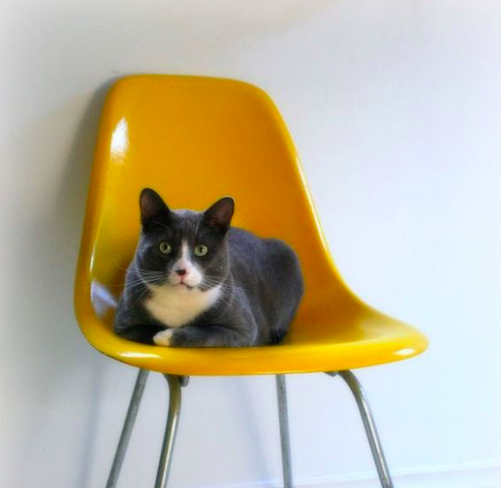The Flow of the lesson

You will see five examples sentences and become familiar with the grammar. After you feel comfortable with the grammar, take a mini quiz!

You will read about the form, meaning, and use of the grammar and understand when and how to use it. After reading, take a quiz to check your comprehension.

Now that you have learned the garmmar, you will be asked to make your own "You" sentences in this section. Follow the instructions closely.
